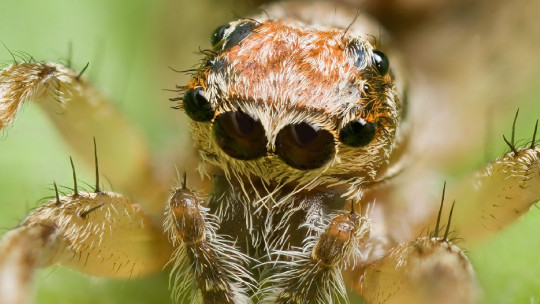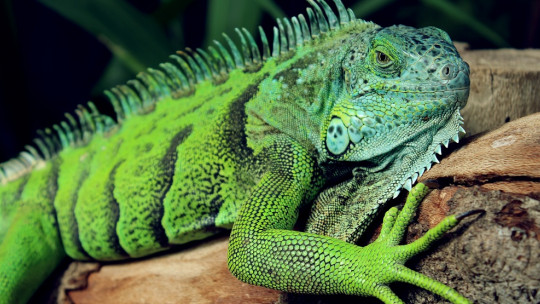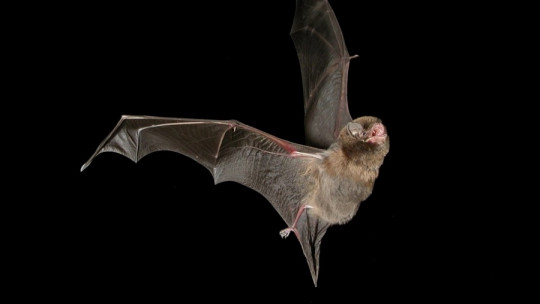It is common for spiders to come into contact with us and with our homes. Being so small, they can enter our rooms and stay there feeding on other insects for a while. Some species can be dangerous (although they usually live in specific territories), but for the most part they do not represent more than a relative nuisance or an unwanted host for humans.
However, some people have an atrocious and excessive panic regarding some of these beings. These people present severe difficulties and extreme reactions when viewing or even evoking these creatures in their imagination. These are people who suffer from arachnophobia.
Arachnophobia: a specific phobia
Arachnophobia is the extreme phobia and/or repulsion towards all arachnids and especially spiders. This disorder is classified as a specific phobia generated by animals. It can generate a high level of discomfort or a certain deterioration in the subject’s functionality.
Among specific phobias, it is one of the most common, and generally tends to be more prevalent in females. As a phobia, it is an intense fear disproportionate to the level of threat that the feared stimulus in question may entail, a disproportion that is recognized as irrational by the person who suffers from it. The presence of this causes high levels of anxiety (the fear suffered can lead to panic attacks), which at a behavioral level tends to avoid or flee from the stimulus (this is the specific case of arachnophobia, of spiders).
The symptoms of arachnophobia include nausea, anxiety, sweating, tachycardia, escape and avoidance behaviors or paralysis, anxiety attacks or crying attacks, among others, at the sight or evocation of an arachnid. In very extreme cases, perceptual alterations may even occur. Fear can also appear in advance in situations in which the animal in question is likely to appear or towards the products of its action, such as spider webs.
Causes
The causes of spider phobia have often been discussed by the various professionals who have dealt with its etiology.
One of the most plausible hypotheses is linked to Seligman’s preparation theory , which proposes that certain stimuli are linked to specific responses due to the genetic transmission of behavioral tendencies that may be protective for humans. Relating this theory to the specific case of arachnophobia, the human species would have learned throughout its evolution that arachnids were dangerous, potentially deadly animals, so current human beings would have inherited a natural tendency to avoid them.
Another theory is based on the idea of that arachnophobia originates from learning , being an acquired response that has been enhanced by a conditioning process. The experience of a negative event related to spiders (for example, being bitten or knowing someone who died from the bite of a poisonous species), especially during the period of childhood, causes the association of arachnids with anxiety and fear, which which in turn generates avoidance as an escape mechanism, which in turn reinforces said fear.
From a biological perspective, the influence of different hormones such as norepinephrine and serotonin when regulating the level of fear felt, which could cause a socially learned or phylogenetically inherited response that does not cause problems for most people to cause the appearance of extreme reactions.
Arachnophobia Treatment
The first choice treatment to combat arachnophobia It is usually exposure therapy , in which the subject must gradually be exposed to a hierarchy of stimuli linked to contact with spiders. You can start with simple stimuli such as photographs or videos, and then progress towards viewing real cobwebs and finally to the presentation of a real arachnid at different distances (and being able to touch it).
Generally it is more effective to do this presentation live, although it is also can be done in imagination if the anxiety level is very high or even as an introduction to a live exhibition.
The use of new technologies also allows new modalities of exposure, both in the case of arachnophobia and other phobias, such as exposure through virtual reality or augmented reality, which allows a more tolerable and safe approach than that carried out in alive (after all, the image to be displayed can be controlled and the subject knows that he is not looking at a real spider).
It is usually useful to perform relaxation techniques when faced with the phobic stimulus or in preparation for it, such as breathing techniques. or progressive muscle relaxation , in order to reduce the level of anxiety that you will feel. In this sense, on some occasions benzodiazepines may be prescribed to control the level of anxiety or panic in people in situations of frequent contact with these beings or who are immersed in exposure therapies.









